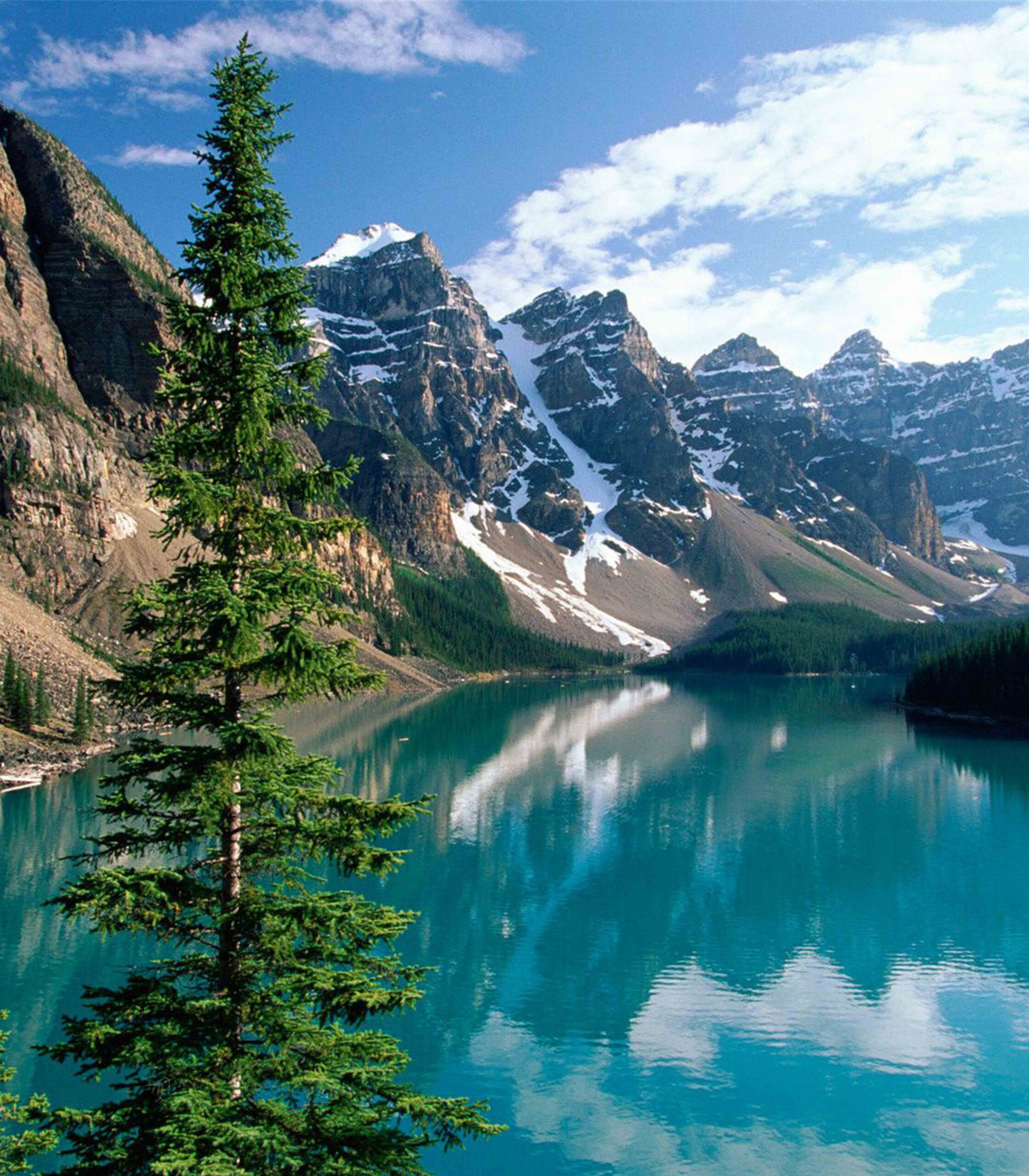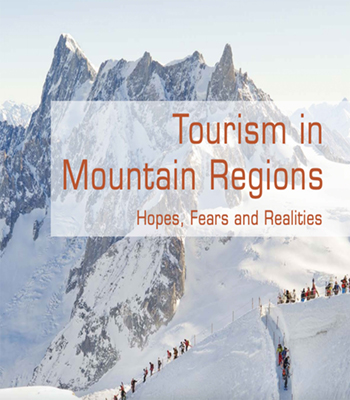
登山旅遊產業:前景、挑戰及現實層面
每年,旅遊業對全球的影響都在逐漸顯現。
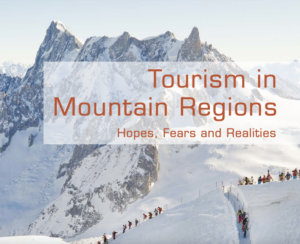
在世界經濟的所有部門中,旅遊業是增長最強勁、最穩定的部門之一,2012年,國際遊客數量首次出現超過 10 億(聯合國世界旅遊組織,2013 年)。國內旅遊——個人在本國旅行——長期以來作為一種休閒活動存在於富裕國家,或以朝聖的形式存在於世界各地。然而,今天,出現了爆炸式增長發展中國家旅遊業的發展趨勢,表明世界上許多社會都在繼續採用這種做法。旅遊基礎設施的發展也以度假村、鄉村旅館和賓館以及主要的戶外活動設施(遊樂園、滑雪場等),但也有小規模的,如當地博物館、遠足路線和山地自行車道。
Each year, the influence of tourism is increasingly felt across the globe. Of all the sectors of the world economy, tourism registers one of the strongest and most consistent rates of growth, and in 2012, for the first time, the number of international tourists exceeded one billion (UNWTO, 2013). Domestic tourism – where individuals travel within their own country – has long existed as a leisure activity in richer countries, or in the form of pilgrimages, throughout the world. Today, however, there is an explosion of leisure tourism in developing countries, demonstrating that many societies in the world are continuing to adopt this practice. The development of tourism infrastructure is also proceeding rapidly in the form of resorts, rural inns and guesthouses, and major outdoor recreational facilities (amusement parks, ski areas, etc.), but also on smaller scales such as local museums, hiking routes and mountain bike trails.
在旅遊業不斷增長的背景下,山區發揮著特別重要的作用。山區提供了一些最早的旅遊形式:在 18 世紀,阿爾卑斯山成為英國貴族的必經之地,因為當時流行進行「壯麗的旅遊(Grand Tour)」。在西方和中國和日本,山水美學的經典賦予了山景的特殊價值。這種對山的吸引力不僅持續存在,而且已經成為全球性的。當今世界上沒有任何地區可以山地景觀的特殊性沒有得到承認。相關的品質現在已成為對山地旅遊發展有價值的資產:雪,隨著滑雪的發明和傳播;當地人民和傳統文化習俗的多樣性;豐富的礦產和溫泉;歸因於許多山地和山頂的神聖維度;生物和地質多樣性,反映在獨特的地質構造和植物群落,以及標誌性動物物種,如羚羊、野山羊、美洲獅和熊貓。
In this context of increasing tourism, mountain regions have a particularly important role. Mountains provided the sites of some of the earliest forms of tourism: in the 18th century the Alps became an essential stop for English aristocrats, when it became fashionable to make the “Grand Tour”. The canons of landscape aesthetics, in the West as in China and Japan, conferred a special value on mountain vistas. Not only has this attraction to mountains persisted, it has become global. There is no region in the world today where the special qualities of mountain landscapes are not acknowledged. Associated qualities have now become assets, valuable for the development of mountain tourism: snow, with the invention and spread of skiing; the diversity of local peoples and traditional cultural practices; the abundance of mineral and hot springs; the sacred dimension attributed to many mountain sites and summits; biological and geological diversity, reflected in unique geological formations and plant communities, as well as emblematic animal species, such as chamois, ibex, mountain lions, and pandas.
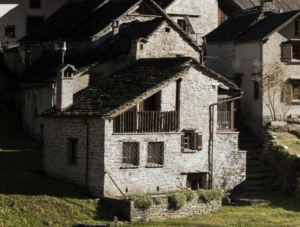
隨著城市化對我們的世界和生活方式的影響越來越大,旅遊的吸引力不斷擴大,所有這些資源在未來幾十年可能會變得越來越重要。衡量山區的旅游水平並不容易。國際旅遊和國內旅遊的可用統計數據的準確性在世界一個地區和另一個地區差異很大。無論如何,可用的數字只是粗略的估計。例如,環境署將訪問山區的總遊客流量的比例15% 到 20% 的目的地。然而,現有數據表明,這個數字掩蓋了一些極其多樣化的情況,從北半球的某些山區——尤其是阿爾卑斯山、洛磯山脈和日本,那裡有數千萬遊客——到南半球的某些山區國家,那裡幾乎沒有遊客,或者根本沒有遊客,例如薩赫勒、印度尼西亞或墨西哥中部。大量研究和當地經驗幫助確定了與旅遊業相關的各種挑戰,不僅在發展方面,而且在經濟、社會文化和環境可持續性方面。
All of these resources will likely take on increasing importance in the coming decades, as urbanisation exerts a growing impact on our world and lifestyles, and the appeal of travel and tourism continues to expand. Measuring the level of tourism in mountain regions is not easy. The accuracy of available statistics for both international tourism and domestic tourism varies considerably from one region of the world to another. And in any case, available figures are but rough estimates. Thus UNEP, for example, puts the proportion of total tourist flows visiting mountain destinations at 15 to 20%. However, available data indicate that this figure conceals some extremely diverse situations, ranging from certain mountain regions of the northern hemisphere – particularly the Alps, the Rockies and Japan, where there are tens of millions of tourists – to certain mountainous countries of the Global South where there are few tourists, or none at all, as in the Sahel, Indonesia or central Mexico. Numerous research studies and local experiences have helped identify the great variety of challenges associated with tourism, not only in terms of development but also in terms of economic, socio-cultural and environmental sustainability.
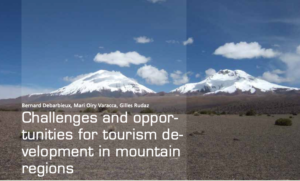
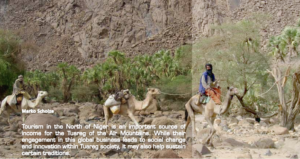
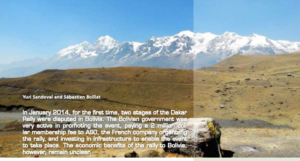
旅遊業為最先接待遊客的山區帶來了許多好處,例如改善了訪問和通信的基礎設施,創造了就業機會和企業,以及對外部世界的開放和與眾不同的體驗。在許多方面取得了成功。歐洲、北美、日本、智利、阿根廷、澳大利亞和新西蘭幾十年來(或者,在某些情況下,甚至是幾個世紀)的地區給世界上許多其他山區帶來了希望和期望,例如帕米爾高原、天山、薩赫勒和安第斯山脈中部,首先是西方遊客,然後是國內游客,對它們越來越感興趣。鑑於山區往往交通不便和基礎設施差,以及社會、政治和經濟邊緣—不是由於國家的疏忽,就是是由於對周邊人口的某些不信任——在許多當地參與者看來,旅遊業可能是一種罕見的發展槓桿。
First of all, expectations in terms of development are considerable and quite varied depending on the stakeholders. Tourism brought many benefits to those mountain regions that were among the first to receive visitors, such as improvements to infrastructure for access and communication, creation of jobs and businesses, and an opening to the outside world and experiences of otherness. The success achieved in numerous regions over a period of decades (or, in certain cases, even centuries) in Europe, North America, Japan, Chile, Argentina, Australia and New Zealand has given rise to hopes and expectations in many other mountain regions of the world, such as the Pamirs, Tien Shan, the Sahel and the central Andes, where firstly western tourists, and then domestic tourists, became increasingly interested in them. Given that mountain regions often suffer from poor accessibility and infrastructure, as well as social, political and economic marginality — either due to neglect by the state or a certain mistrust of peripheral populations — tourism may appear to many local actors as a rare lever for development.
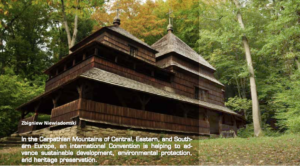
另一個問題是,即使遊客的好奇心和當地利益相關者的願望匯合,也不能保證真正的發展,或者說是公平和可持續的。山區旅遊發展取決於許多因素:吸引力通常沒有足夠的資金來建造到達地點或接待遊客所需的基礎設施。在形成邊界的山區,如喀什米爾,或在受嚴重同化政策影響的地區,如中亞高原,民族和邊界衝突頻繁發生, 並且由此產生的不穩定性危及他們的吸引力和許多利益相關者的努力。有時重大項目在沒有首先評估或預期的情況下進行其他時候,小型個體經濟的擴散沒有得到充分監管,這種情況也可能對景觀、環境和社會關係造成不利影響。對當地經濟的影響往往達不到預期,特別是當利益仍然存在時一些大的利益相關者的手,通常來自有關區域之外。
Another problem is that, even if the curiosity of tourists and the wishes of local stakeholders converge, this does not guarantee that genuine development will take place, or that it will be equitable and sustainable. Tourism development in mountain regions depends on many factors: attractiveness of the destination, safety, professionalism of local businesses and hospitality structures, availability of capital, etc. Often there is insufficient capital to create the infrastructure needed for reaching sites or accommodating visitors. Ethnic and border conflicts are frequent in mountain regions forming frontiers, such as Kashmir, or in regions subjected to severe assimilation policies, such as the high plateaus of Central Asia, and the resulting instability jeopardizes their attractiveness and the efforts of many stakeholders. Furthermore, the means used to develop tourism do not always favour its sustainability. Sometimes major projects are carried out without first assessing or anticipating their impact on the environment, employment, or the communities concerned. Other times, the proliferation of small individual initiatives is not sufficiently regulated, a situation which can also lead to detrimental impacts on the landscape, the environment, and social relations. Often the effects on local economies fail to meet expectations, particularly when benefits remain in the hands of a few large stakeholders, frequently from outside the regions concerned.
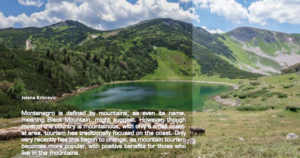
最後,旅遊目的地之間的普遍競爭,不僅是不同山區之間,還有山區、主要城市和海岸線之間的競爭,這對所有推動地方和區域旅遊發展的人來說都是一個真正的挑戰。誠然,這些地區有助於負責任地管理和保護環境資源,而且它們往往是旅遊景點,因為山區豐富的自然保護區雖然為旅遊業提供了堅實的基礎,但並不能保證可持續發展。但保護區也受到許多威脅:過度使用、當地居民的反對,他們可能得不到什麼經濟利益,甚至可能拒絕遊客進入。同樣重要的是要記住,儘管旅遊業在最好的世界裡,是經濟增長、財富再分配、社會發展和賦權的重要動力旅遊業的可持續發展目標必須與日益複雜、政治化和全球化的環境相抗衡。對於當地居民,這項活動特別容易受到多種因素的影響:氣候變化、政治和經濟危機、內部不穩定以及對資源的競爭。尼日的艾爾高原就是一個悲慘的例子。幾十年來,它是一個很有前途的旅遊勝地,但今天卻被內戰和恐怖主義孤立起來。出於所有積極的原因,當然應該鼓勵山區的旅遊業發展,尤其是,因為這項努力涉及到的自然環境和當地社會往往比其他地方脆弱且缺乏彈性,因此以有助於相關地區和社會的可持續發展的方式引入旅遊業就顯得尤為重要。
Finally, the generalised competition among tourist destinations, not only between different mountain regions, but also between the mountains, the major cities, and the coastlines, is a real challenge for all those promoting local and regional tourism development. It is also important to point out that the abundance of protected natural areas in mountain regions, while providing a solid foundation for tourism, is not a guarantee of sustainability. Admittedly, such areas can contribute to the responsible management and protection of environmental resources, and they are often tourist attractions in their own right. But protected areas are also subject to a number of threats: overuse, antagonism from local residents who may receive little economic benefit and may even deny access to visitors. It is also important to keep in mind that, although tourism, in the best of worlds, is an important motor for economic growth, the redistribution of wealth, and the social development and empowerment of local populations, this activity is particularly vulnerable to a number of factors: climate change, political and economic crises, internal instability, and competition for resources. Sustainability objectives in tourism must contend with a context that is increasingly complex, politicised and globalised. The Aïr Massif, in Niger, is a tragic example. For a few decades, it was a promising tourist destination, but today is isolated by civil war and terrorism. For all the positive reasons, tourism development in mountain regions should certainly be encouraged, particularly in peripheral regions of the countries of the Global South. However, because this endeavour concerns natural environments and local societies that are often vulnerable and less resilient than elsewhere, it is all the more essential that tourism is introduced in ways that contribute to the sustainable development of the regions and the societies concerned.
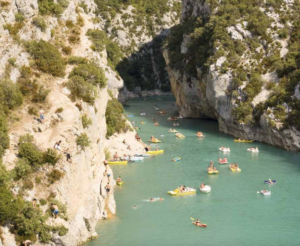
文/Published by the Department of Geography and Environment, University of Geneva, the Centre for Development and Environment, University of Bern, and the United Nations Environment Program
提供/Prof. Markus Pillmayer
圖/Website Resource


